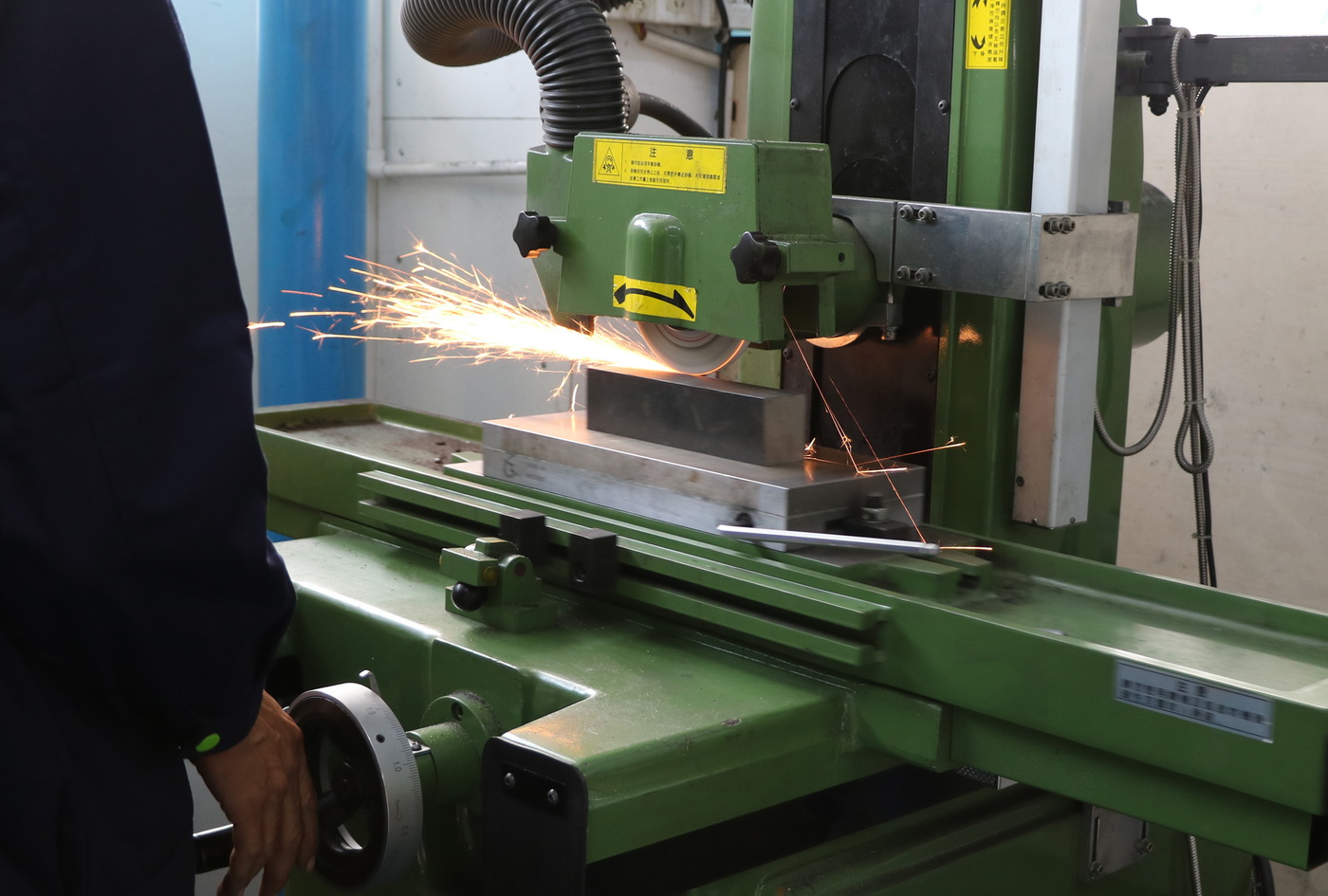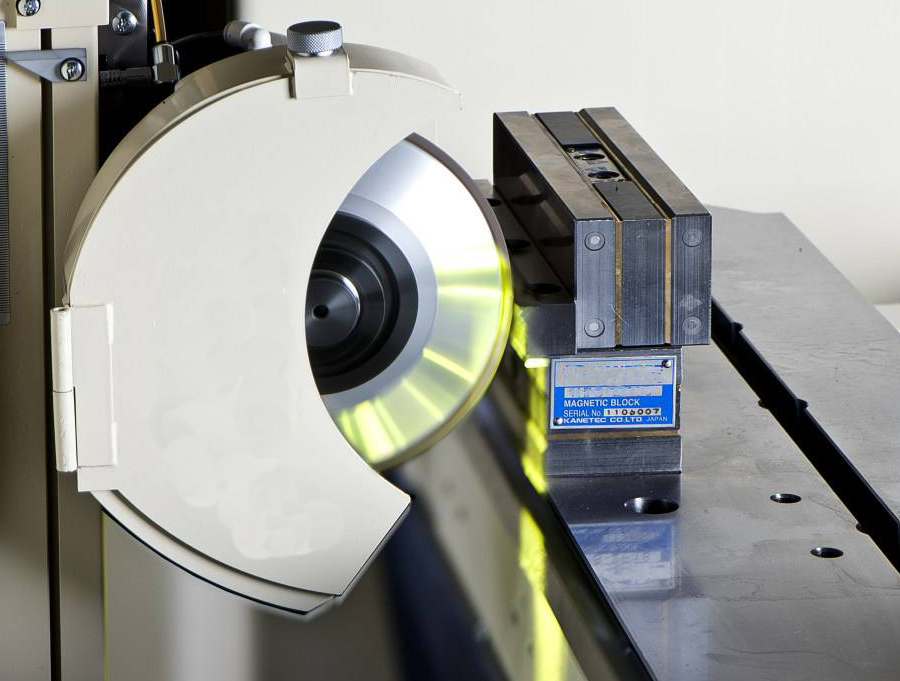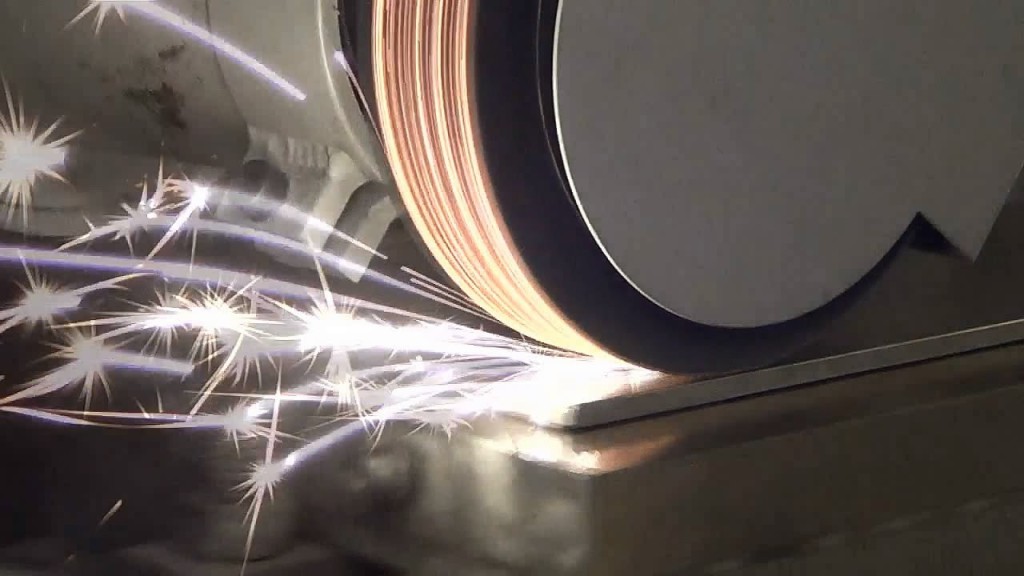Surface Grinding is the process of removing metal by the application of abrasives from a rotating wheel. When the moving abrasive particles contact the workpiece, they are just like tiny cutting tools, each particle cutting a tiny chip from the workpiece.

A good foundation is necessary for top quality in any application, especially in mold making, where the tolerances may be as little as 0.01mm. A little error here and there adds up will become a huge problem. Therefore, take care of the basics, such as surface grinding, and the rest of the job is much easier.
Before anything can be precision ground the magnetic chuck must be absolutely flat. Take the time to do it right and you will be much easier later on. Keep the surface plate clean and protected from dust, grit and chips.. Cleanliness is essential for accurate surface grinding.
Most injection molds are made of either pre-hardened tool steel or through hardened tool steel. Some prototypes are made of aluminum or even special composite materials. So you must select the correct grinding wheel for the work to be ground. There are different wheels that are best suited for grinding, such as high-speed steel with RC 50-68 hardness, 300/400 Series Stainless steel, or Soft Steels RC 30-45, etc. You will need to determine wheel type by deciding if you need heavy, moderate or light stock removal characteristics.
Everything is setup well on the surface grinding machine. It uses a round rotating abrasive grinding wheel that remains stationary (but rotating) while the feed table with work attached is run in a reciprocating motion under the grinding wheel. The specific amount of material to remove is determined by lightly touching off on the work with the grinding wheel rotating and feeding the grinding head down a certain distance.


Traits of a successful precision grinder are similar to other aspects of injection mold making. You need to be very focused and patient to do a good job. Many jobs require a degree of geometry in order to make the required grinding and inspection set-ups.
A steady hand, keen eye for detail and an unwillingness to settle for “almost” or “good enough” are prerequisites as well. Mold components can be very costly and often the grinding is the very last operation in the entire mold making process.
There are following advantages of surface grinding process are:
- Dimensional accuracy will be quite good
- Surface finishing will be approximate 10 times better as compared to milling and turning process of machining.
- Reduce tooling cost obviously.
- Working principle and operation is simple
- Can be done automatically
That’s surface grinding. We will discuss some other key process for mold making.
Please click https://www.dankemold.com/ to get more information.
